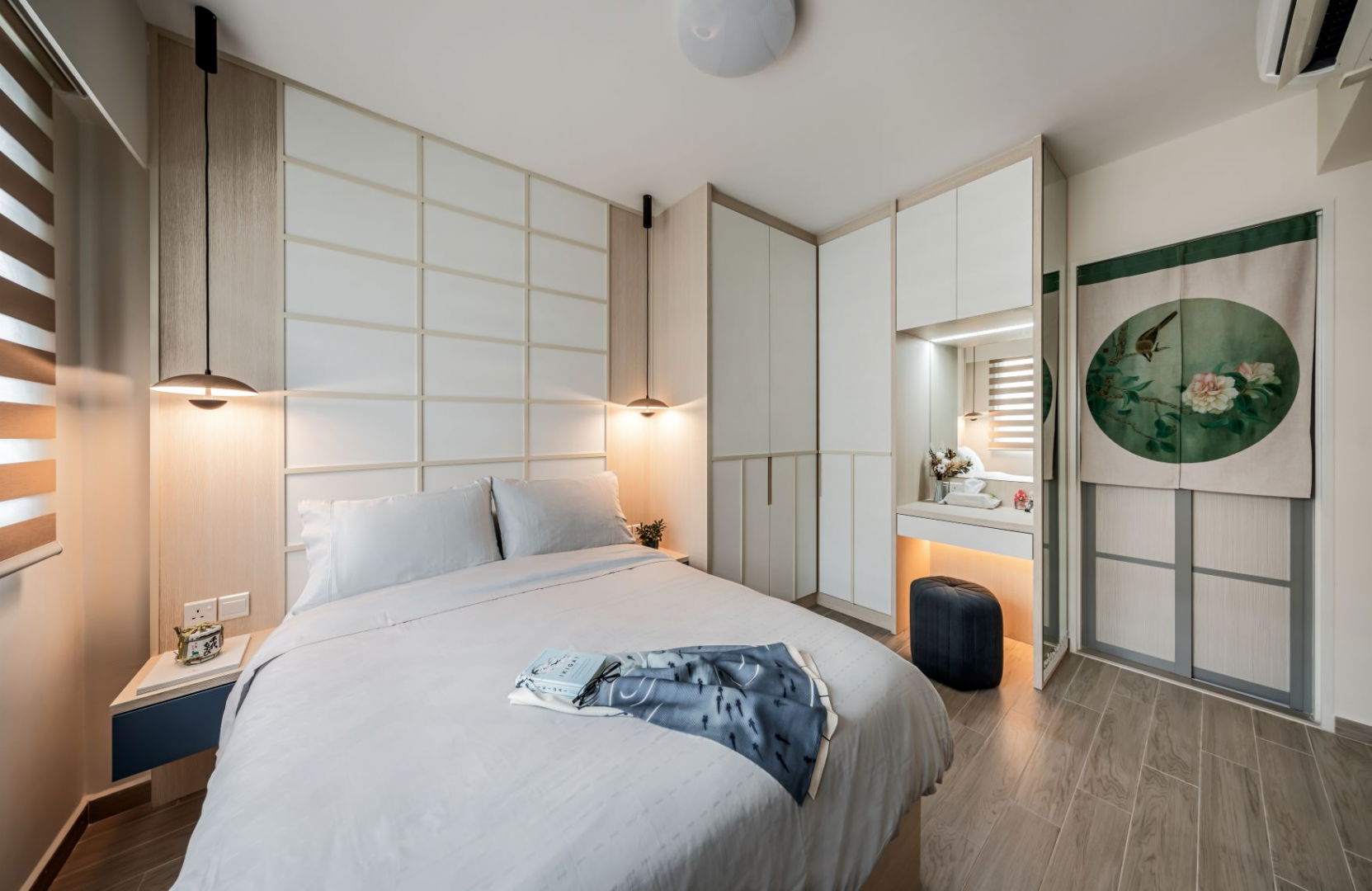When you think of Japanese style, one word will come to mind. Zen. While the culture of the country may be firmly rooted in millennia of history, modern Japanese interior design revolves around clean lines and minimalistic living. A fine balance between pieces of cultural significance and the clean, sleek lines of modernity, let’s take a look at some ways you could incorporate Japanese style into your home.
1. Nature
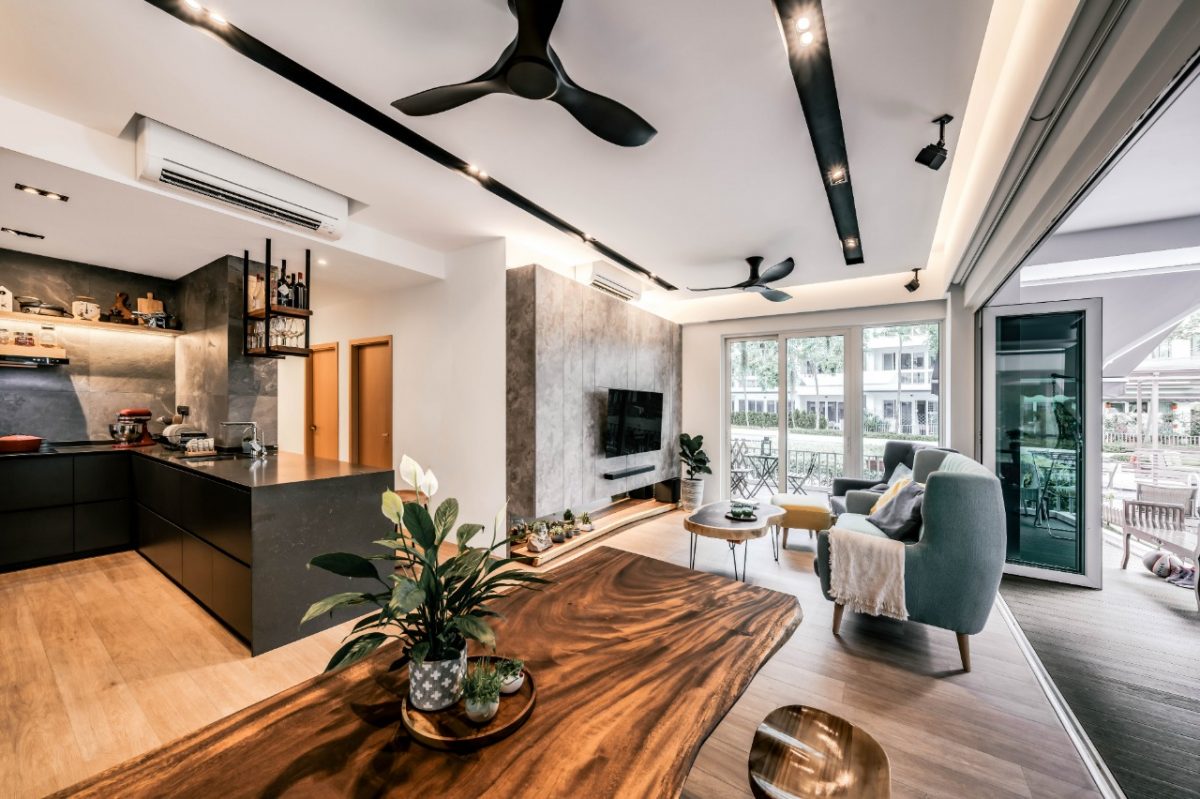
You don’t have to be growing a mini jungle to bring nature inside. Traditional Japanese plants can add a subtle touch of the style without being overwhelming. Go for a bamboo plant, orchid, palm or a bonsai tree; the key here is to keep the plant sleek and luscious green.
2. Sliding Doors
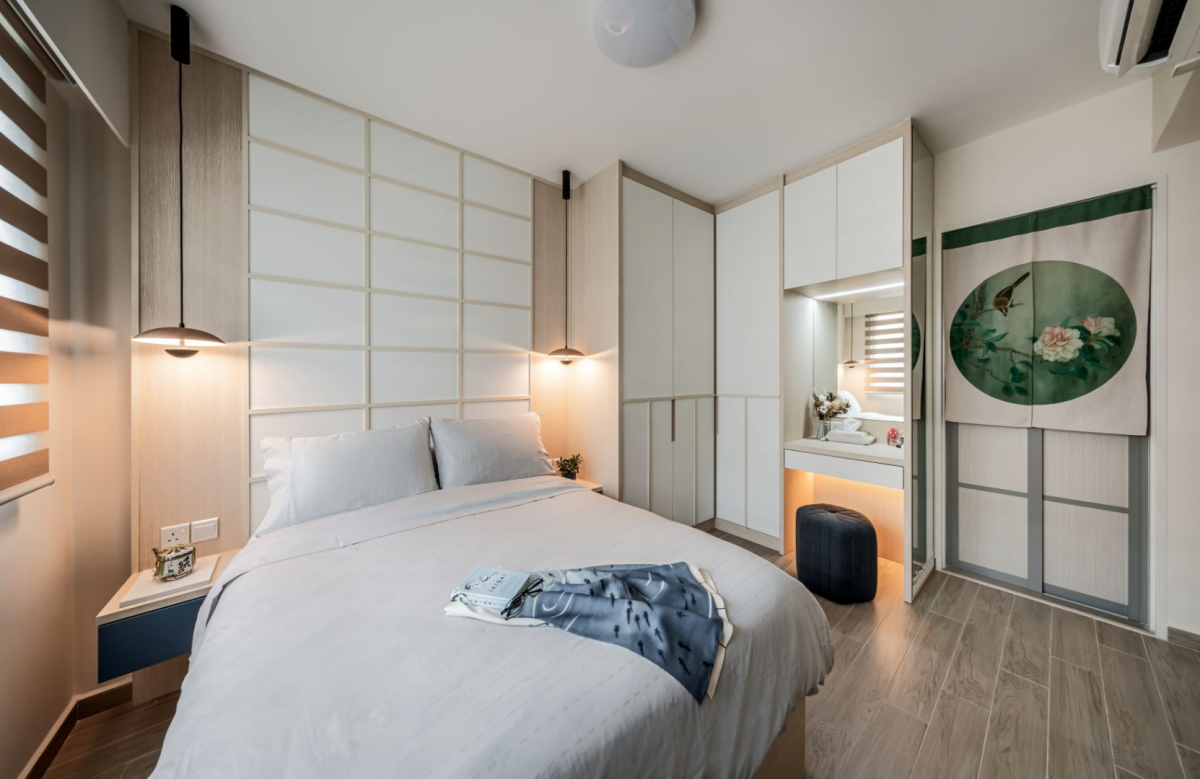
Without the permanence of a partition wall, traditional Japanese screens can divide a room up however you like. Known as a ‘shoji’, screens come in a range of different materials. From delicate paper to contemporary glass, light should always be able to pass through the screen, keeping the space as light and as airy as possible.
3. Lighting
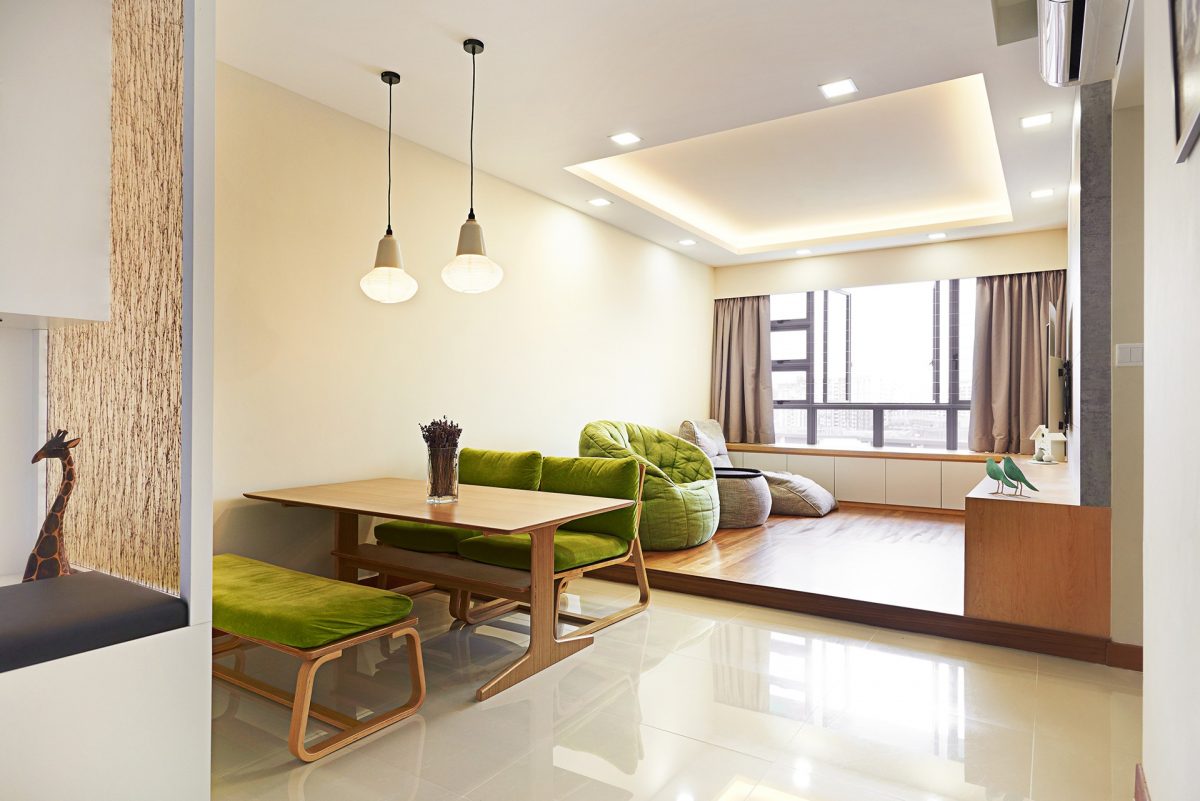
Natural light plays a prominent part in Japanese interior design. If you are renovating your property, install large windows, maybe even floor to ceiling ones, that will let you see a lot of the outside world. If you do not want to replace your windows, maximize your existing ones by removing heavy drapery and curtains from around your windows. If this looks too bare for your taste, try a simple shade at your window or a light curtain panel.
4. Flooring
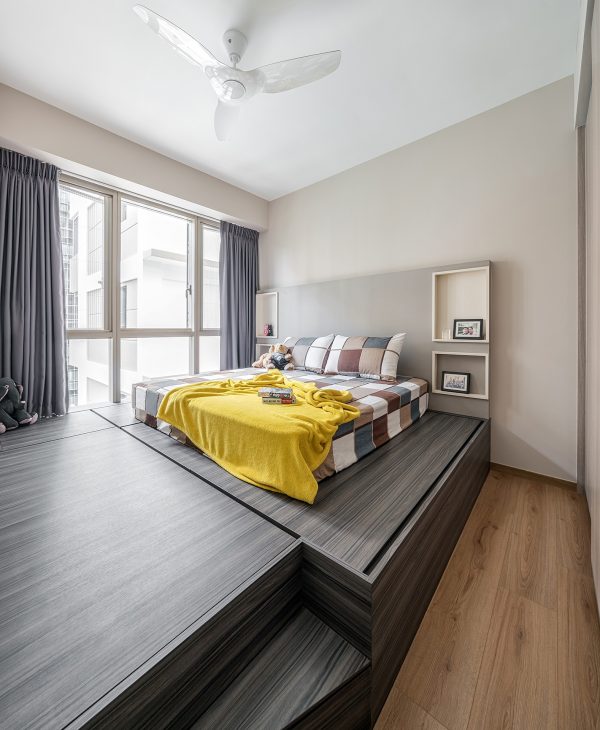
On the floors of most Japanese homes, you will find tatami mats. These large straw creations were once exclusive to the homes of the rich, but today you will find them in the majority of homes in Japan. Typically made from the straw of the rice crop, today it is common to see polystyrene or wooden ones as well.
5. Soak Tubs
The sound of gently flowing water can be incredibly calming and, as with nature, water is an important element in Japanese interior design. Now gaining popularity across the world, Japanese style bathtubs are ideal for soaking your troubles away, helping you to feel more zen at the end of a busy day. Deep with built-in seating, you can sit upright in a Japanese soak tub and still be surrounded by soothing waters.
6. Meditation Space
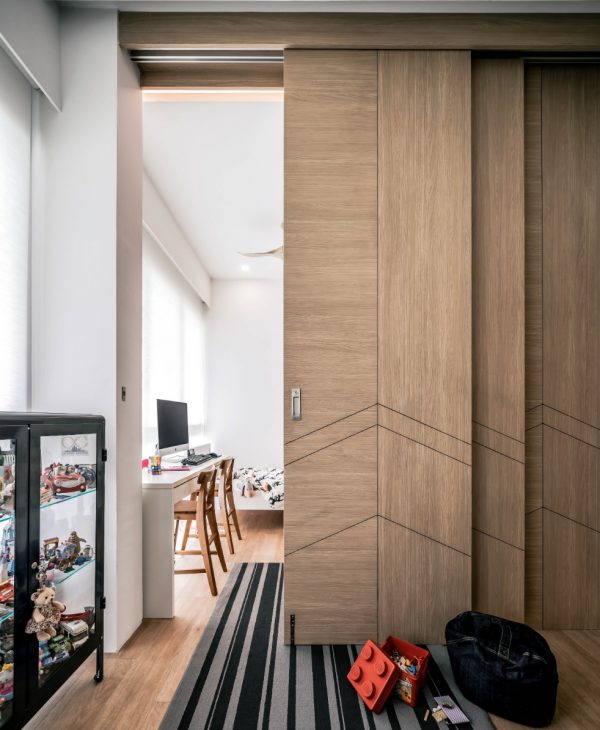
Once in that peaceful state of mind, the last thing you want is to return to the chaos of your kitchen or the noise of where your children are playing. Why not create a meditation space in your home to fully immerse yourself in relaxation? You don’t have to use it to meditate; iInstead, you could use it to simply read a book with a cup of tea. Achieve true tranquillity with natural light, green plants and a water feature in the space for an extra calming vibe.
7. Furniture
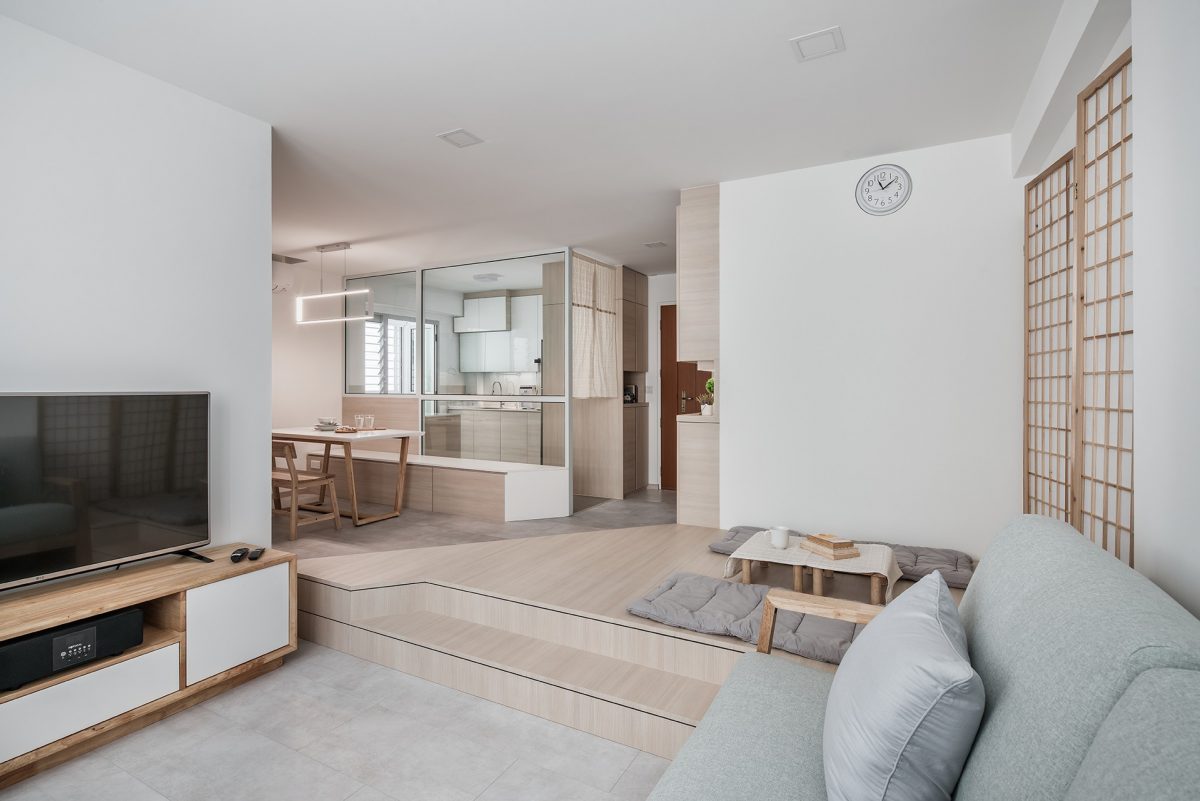
Many Japanese homes do not have rooms dedicated to a specific purpose, therefore the style often calls for furnishings that can be utilised in many ways. For example, sitting on the floor on a large cushion is common instead of having several armchairs filling the room. Low to the ground furnishings are also a good way to emulate the Japanese aesthetic if you do not want to sit on the floor.
8. Wood
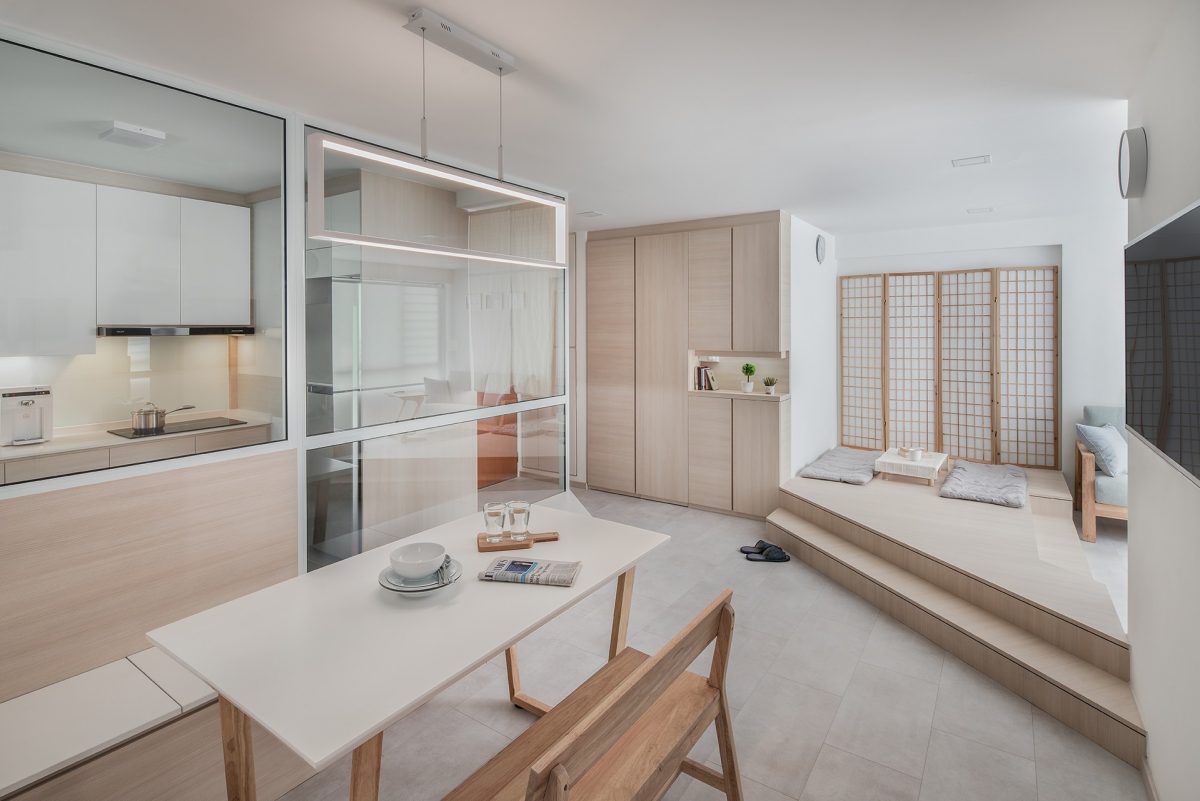
Wood features prominently in many homes around the world. The key to Japanese style wood is in the texture and grain. A great way to bring wood into your home without the need to change all of your furniture is through the flooring or by the addition of a shoji.
9. Minimalistic
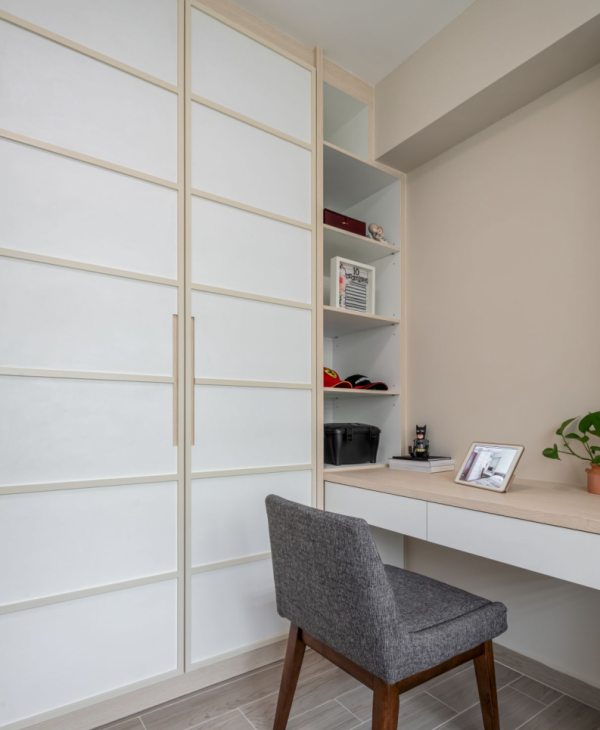
In your Japanese style home, lines should be clean, wood should be natural and lighting should be modern. Everything in a minimalistic space should serve a purpose. There is no space for clutter in a minimal zone home. You may wish to look at the art of Feng Shui to get a better idea of how this style of interior design could work for you.
10. Colours
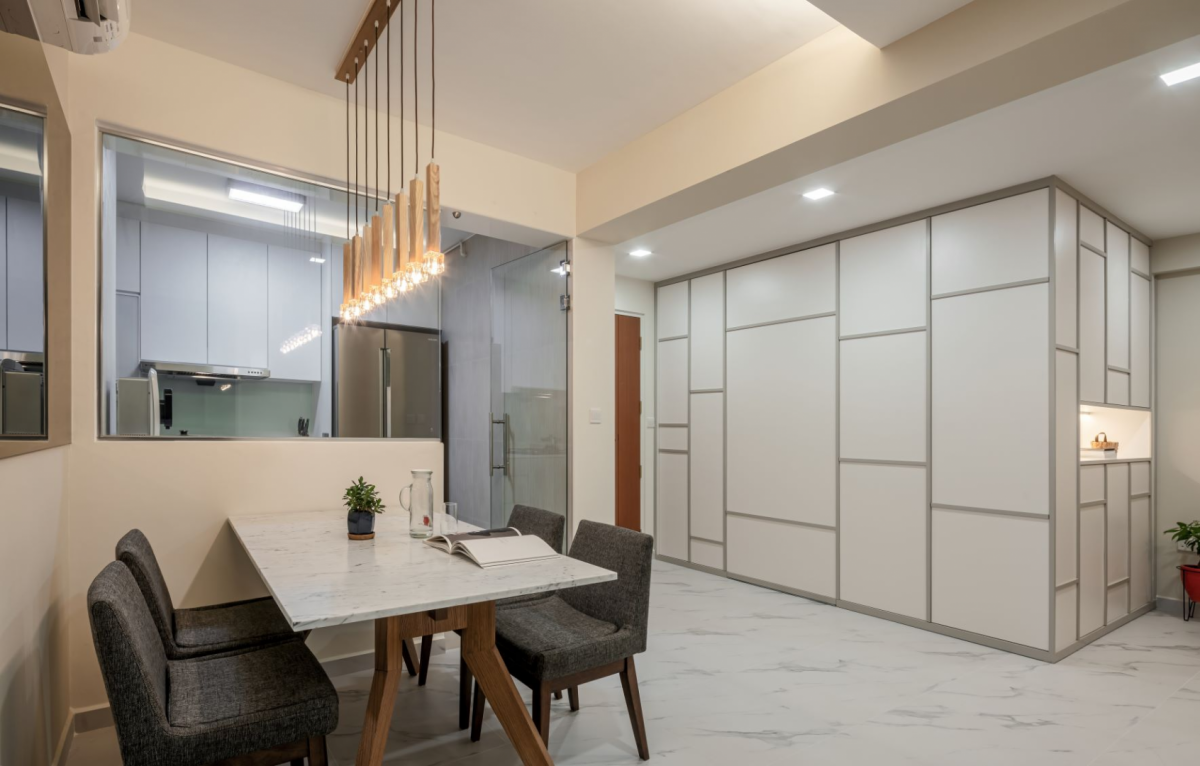
Japanese style colours are kept very simple. Often featuring earthy tones of green, grey and brown, the inspiration for any accent colours should always come from nature and never appear too artificial.
11. Accessories
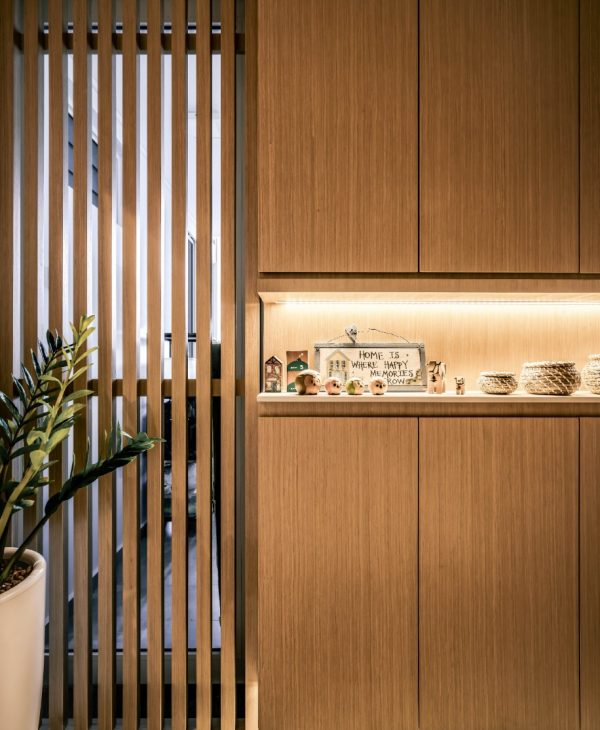
While minimalist living excludes clutter from your space, a home can feel rather cold without a handful of accessories. When it comes to incorporating Japanese interior design into your home, opt for Japanese style swords such as the Katana sword. If you don’t like the connotations of a sword, try a traditional Japanese lantern such as a toro. These lanterns are usually made from metal, wood or stone and can be striking additions to any home.
Remember, in Japanese style less is more, so take some time (or consult with an interior designer) to decide which elements you want to bring into your home.
